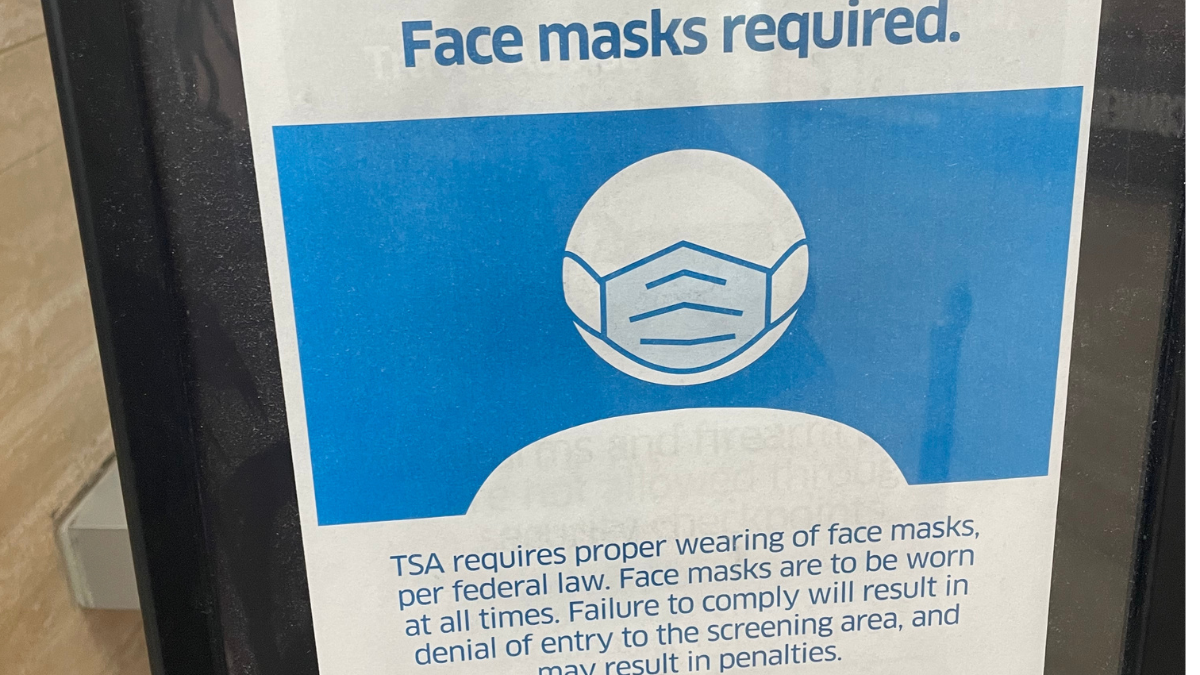Maryland Gov. Larry Hogan continues to shift blame for the state’s COVID-19 vaccine rollout problems, many of which his administration created.
In a recent interview with Washington Post Live, Hogan claimed the state had “put 99.7 percent of all of our vaccines into someone’s arms, the first doses. … We have scheduled all the rest of them.” Bloomberg’s vaccine tracker, however, shows that as of Wednesday, Maryland used only 69.3 percent of its vaccine supply, putting it at the bottom of the national vaccine distribution and rollout list. And while the state is administering the COVID shots at 31,929 a day, only 6.1 percent of the state’s population has received both doses of the vaccine since the rollout began.
This discrepancy in numbers, acting Health Secretary Dennis Schrader said, is the Centers for Disease Control and Prevention’s fault.
“I’ll be honest with you, we’re finding there’s a data lag at [the] CDC and I’ve been focusing my attention on getting the vaccines out. We’re actually 19th in first dose administration in terms of getting them out,” he told WBALTV11.
Still, even after hiring consulting firm Ernst & Young, a reportedly $11 million endeavor, to help the state get back on its feet, Marylanders are frustrated with the lack of organization that plagues their ability to get a COVID shot quickly and safely.
In January, Hogan told senior citizens they would have to wait until at least March before gaining access to the vaccine so nursing home and hospital workers could get their doses first. But when up to 7 in 10 care facility workers declined to take the shot, Hogan didn’t immediately extend the state’s eligibility to the elderly population. Instead, he demanded that hospitals, CVS, and Walgreens pick up the pace or lose access to their allotted doses, expressing “deep displeasure with their efforts to vaccinate nursing home residents and workers.”
It wasn’t until the chief of the CDC visited the state to talk with Hogan that the governor announced people 75 and older could get vaccinated. Those 65 and older would become eligible a week later. Demand for the vaccine suddenly skyrocketed, but once again, Maryland, under Hogan’s leadership, was unprepared.
According to the Washington Post, Hogan’s swift decision to open up COVID vaccine access to senior citizens was not communicated to county leaders before it was announced. Many of those in charge of local distribution and execution were unaware of the change until Hogan’s news conference about the decision. Confusion arose as seniors flooded the state and counties’ shaky vaccine registration websites to clamor for their place in line.
Suddenly, some of the people most at risk of dying from the virus were booted from their spot to get the vaccine because of a lack of doses and cross-county registration confusion. While Hogan’s orders allowed eligible people to register in counties close to their own, officials quickly “realized their own residents were being shut out of vaccinations” and “began canceling appointments made by people who neither lived nor worked in the county.”
In other counties such as Montgomery, officials chose to kick the elderly and even some essential workers off vaccination lists based on prioritization “in the name of racial equity.”
“It’s very difficult for anyone in the state to get a vaccine, as I pointed out. We have 2.1 million people that are currently eligible to receive the vaccine, we’ve done 1.1. million injections in arms. So there are at least a million people who want one and can’t get one,” Hogan later explained to the Washington Post. “We are working together to try to correct this problem. We are more transparent on race than any other state. We were the first ones to start tracking that back in testing. We are doing the same with respect to vaccines. But it’s continually becoming a problem across the country that we are not getting as many into the arms of black and brown communities.”
Despite the chaos surrounding Maryland’s vaccine process, Hogan, who has signaled higher political aspirations such as running for president, continues to blame the federal government for failing to send the state enough doses to keep up with demand.
“We can’t do much better than that, no one can. The same problem that we have, that every state in America, every county, every city has, is that we just need more vaccines,” Hogan said. “It’s something that we are all working on together. It’s an all-hands-on-deck effort from the federal, state, and local governments, along with the private sector.”









